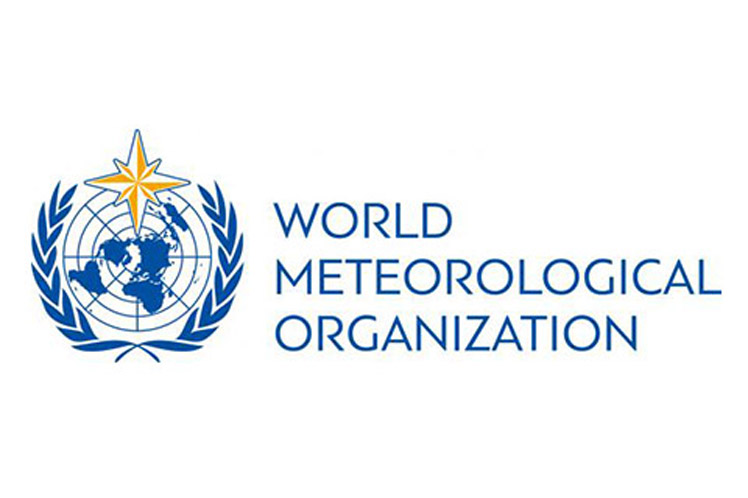The decreased air pollutants occurred mainly in urban areas, and the disappearance of some of these particles has allowed the amount of ozone in the air to rise.
While human-caused emissions of air pollutants fell during the Covid-19 economic turndown, meteorological extremes fuelled by climate and environmental change triggered unprecedented sand and dust storms and wildfires that affected air quality.
According to WMO, in Southeast Asia the level of harmful particles in the air caused by traffic and energy production was reduced by 40%, while in China, Europe and North America air pollutant emissions also decreased and air quality improved.
But WMO also indicated that in many parts of the world, even if transportation and some other emissions were removed, air quality would not meet the World Health Organization’s requirements for acceptable levels.
mh/pll/ga / ifb










